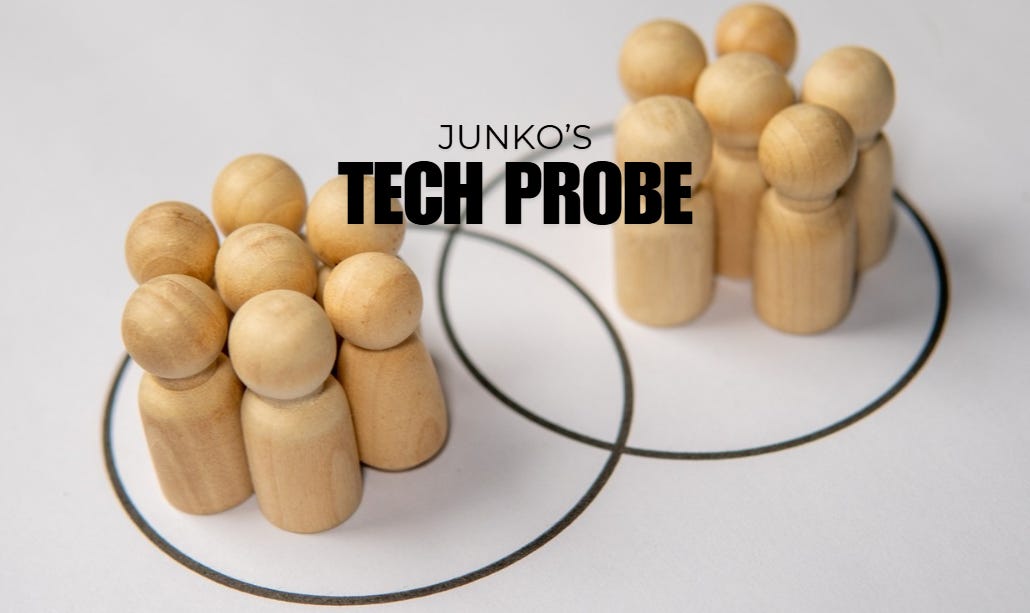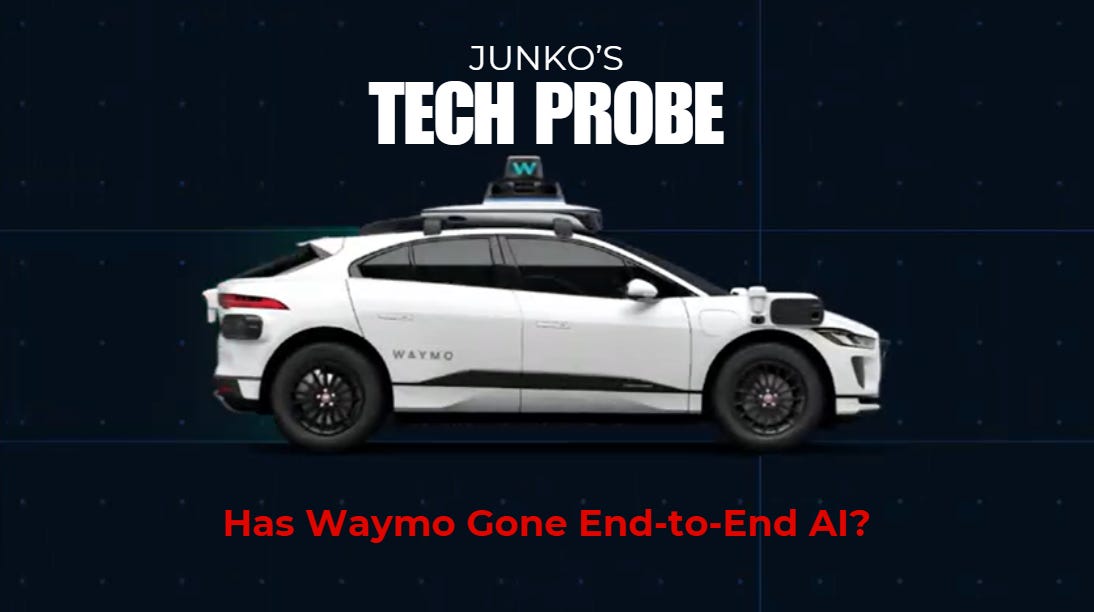ML and Domain Experts Face Each Other Across an AI Gap
Are new AI models leaving any room for domain experts to weigh in and suggest changes in AI-driven processes often generated at breakneck speed with seemingly accurate but unverified answers?
(Image: iStock)
When a new AI model such as End-to-End (E2E) AI learning — applied to automated driving — gets touted as a revolutionary shortcut for the pesky and laborious chores of labeling objects and writing glue codes, it inspires hopes that humans might be spared the heavy lifting before applying AI to the problems we want to solve.
But the sudden faith in E2E is also alarming because it begs the question: Is AI leaving any room for domain experts to interrupt and suggest changes in the AI-driven processes that tend to be generated at breakneck speed with seemingly accurate but unverified answers.
This week, I read a LinkedIn post in which author Yoshio Goto explained how the gap between experts and beginners using AI is “not closing. It’s becoming a canyon.”
He described the state of AI use by the two groups as follows:
Expert with AI → “This looks right but will fail in situations X, Y, and Z.”
Beginner with AI → “Wow, it created all that so fast!”
Goto also pointed out that identical patterns are popping up everywhere:
Seniors use AI → they’re editing
Juniors use AI → they’re outsourcing judgment
Experts amplify expertise
Beginners amplify ignorance
His conclusion?
“The real tragedy isn’t that AI failed to replace experts. It’s that we’re creating a generation that won’t know how to become experts.”
What it takes to bring AI into the industrial world
In exploring the front line of domain-specific AI, we realize that not all domains are subject to the amped-up expectations of new AI models. At least, not yet.
The industrial domain is a case in point:
Marc Dupaquier, managing director for AI solutions at STMicroelectronics, makes it clear how “datasets” serve as a linchpin for effective AI use in the industrial domain. Prerequisites are the collection, personalization and curation of the datasets that determine the usefulness of industrial AI.
Of course, to ease the process of adopting AI, companies like ST are offering a collection of pre-trained models, known as a model zoo. After acquiring Deeplite this year, ST claims to be the official owner of the semiconductor industry’s largest model zoo.
Good for ST. But asked about this boast, Dupaquier cautioned, “When you get a model from the model zoo, it might be ready to go for you. But most of the time, you still need to train it against your own data.”
The process of identifying problems that a business wants to solve, developing AI models that can address them and optimizing them against your own data is far from being fully automated.
Two worlds
Dupaquier also acknowledged the existence of parallel worlds. One has AI experts who have grown up as AI natives. The other consists of business (or domain) experts.
“Business experts are not AI native. They grew up in a world where AI did not exist,” he said. “And AI experts are not business-native.” The hard reality is that AI experts can’t help a product manager who wants to improve, for example, a pump, with AI, explained Dupaquier. “The product manager doesn’t know what AI can do.”
Dupaquier summed it up: “I think the big challenge is bringing these two worlds together.” ST is among the companies in the middle, trying to bridge the two.
Related stories:
We have begun a weekly video podcast series focused on domain-specific AI. Following is a list of three episodes we have dropped so far.
Episode 1: Can AI Make Us Better? (Bryan Reimer)
Episode 2: ‘Cognitive Dissonance’ with AI (Mauricio Muñoz)
Episode 3: ST’s Model Zoo (Marc Dupaquier)
Don’t forget to subsribe to our YouTube channel so that you don’t have to miss our episodes of “AI from Toy to Tools” video podcast series.




